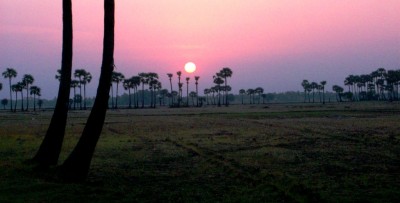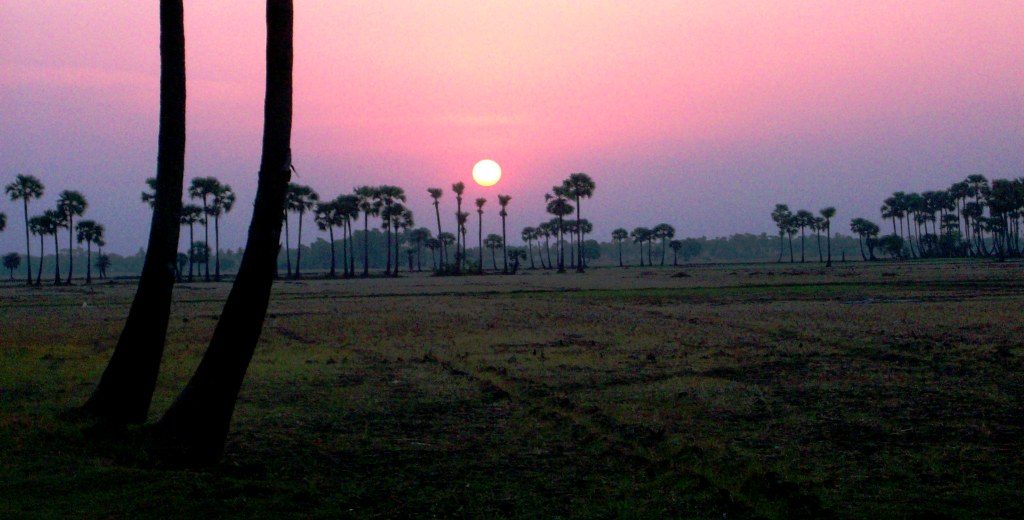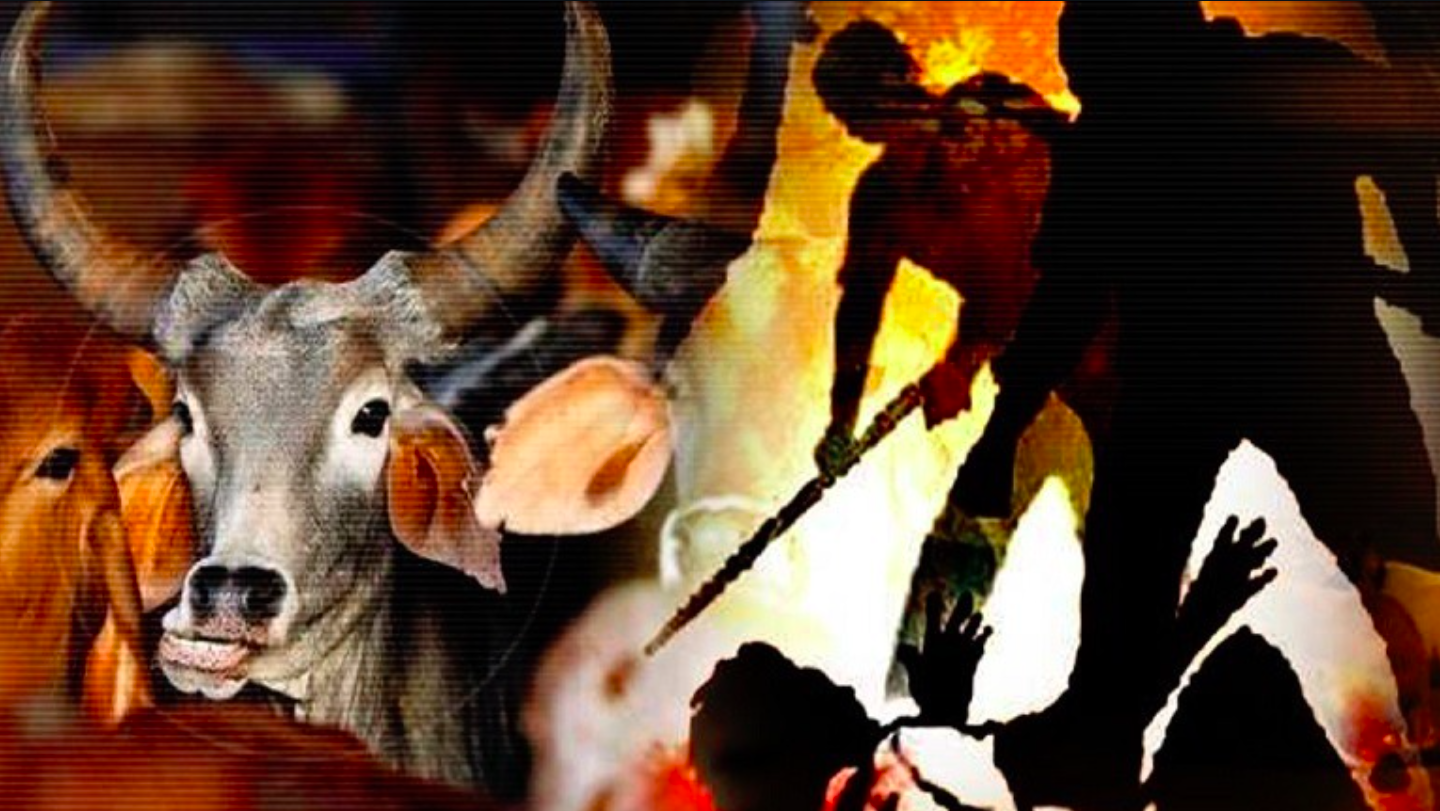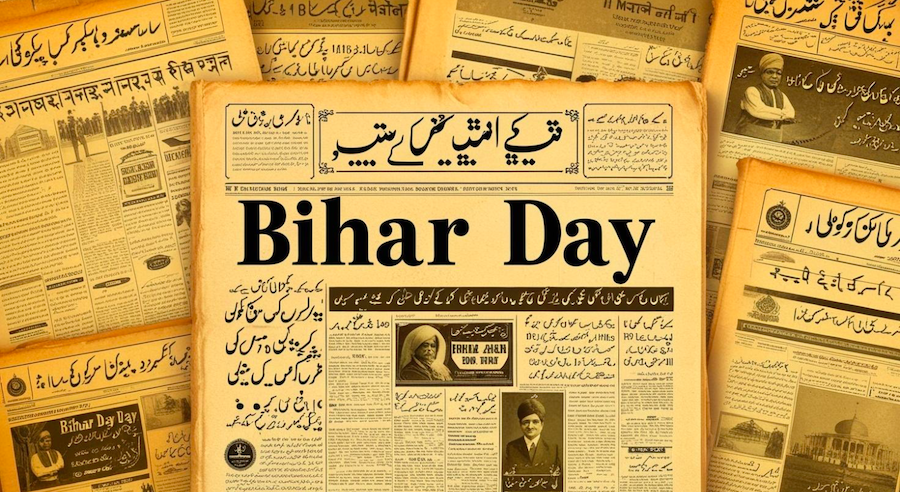Anjum Alam for BeyondHeadlines
Travelling has always provided us with memorable experiences, particularly when we travel to hitherto unexplored regions. Travel provides us with new insights about the people, culture, traditions, religious practices and places. Travel to the rural hinterland of India provides one with enriching experience and in no time at all it changes our entire outlook towards life.
It’s well known that India is a place where people belong to different communities, different religions and different areas which differ in many ways but still homogenous in nature. Among these characteristics, one is caste system that has been practiced for the last 500 years and which unfortunately is still prevalent in our society.
 I recently visited the Kaza village of Guntur District, Andhra Pradesh which is located next to National Highway fifth (NH5). Being Close to the National Highway, it has good connectivity with the city. The People of the village are engaged in different sorts of business and in real estate. The Secretary of Kaza village, Srinivas told me, “This is the most developed panchayat amongst the 120 villages in Guntur district.”
I recently visited the Kaza village of Guntur District, Andhra Pradesh which is located next to National Highway fifth (NH5). Being Close to the National Highway, it has good connectivity with the city. The People of the village are engaged in different sorts of business and in real estate. The Secretary of Kaza village, Srinivas told me, “This is the most developed panchayat amongst the 120 villages in Guntur district.”
But it’s also a reality that the village is divided into two sections. One side, elite live, which comprises of upper caste people, and on other side of the road the SC community resides. People from the SC community are separated from the entire village. 95% of the SCs are living far from the village. Though, they are inhabitants of same place but they are excluded from the mainstream society.
Kaza village’s situation, like most villages in India, exemplifies the failure of the Indian Government to ensure equality, despite the fact that numerous laws have been introduced in India to curb caste discrimination and untouchability. Behind this, problem is not the nature of the laws but its implementation. It has been observed that at all levels; there is a lack of political will to ensure that the laws have been applied in the appropriate manner.
It’s been observed that the journey of development among the SC community starts from the heated arguments in the Parliament, in the studios of news channels and in seminars and conferences but they are unfulfilled promises.
For instance, Indra Awas Yojna was meant to provide shelter to the SC community but are they getting the benefits of this scheme?
Even in 21st Century India, 64 years after our Independence we still have not been able to give equal status to our fellow citizens in the society and change our mentality and attitudes towards the people who breathe in the same air as we do. As a human being, we have the same characteristics as they have; but they are segregated from the mainstream social gatherings and they still are ostracized.
(Anjum Alam is currently a student at the National Institute of Rural Development, Hyderabad and can be reached at anjum.nird@gmail.com)









